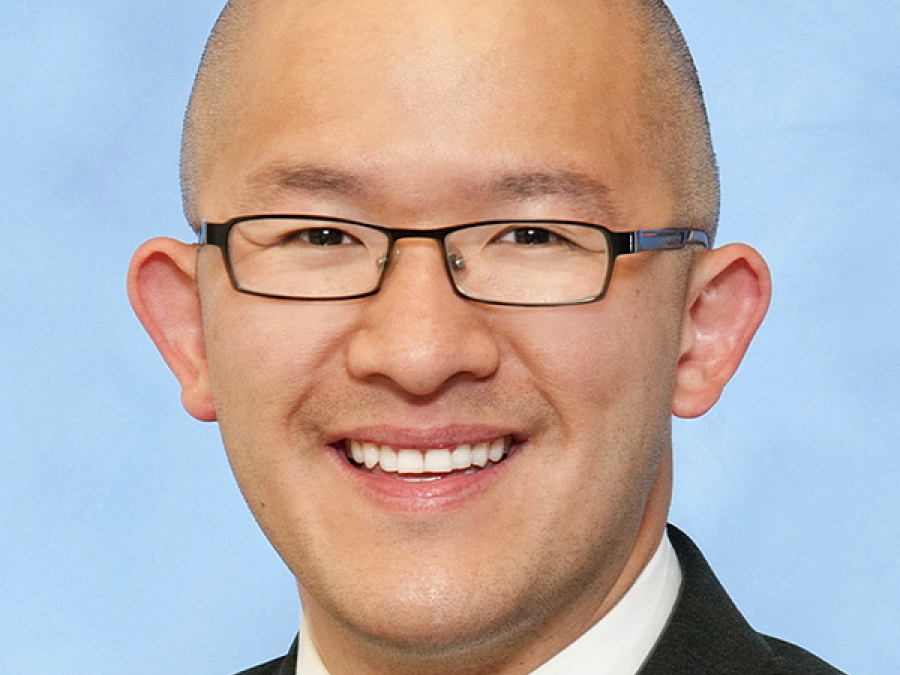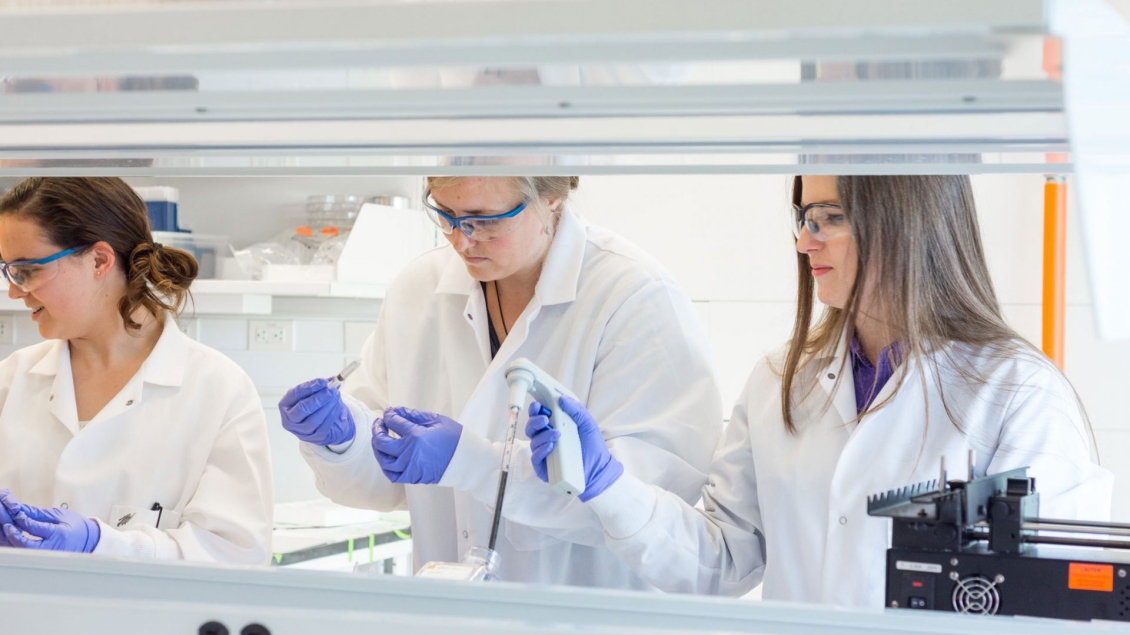
The research component of the Neurosurgery residency program is typically done at the PGY-4 and PGY-5 years. Residents are encouraged to plan and design their research projects well in advance. Research is typically performed at the University of Michigan. However, a number of residents have pursued funded projects at outside institutions.
Learn about some of the research conducted in the resident research profiles below.

Matthew Willsey, MD, PhD recently completed a PhD in Biomedical Engineering during his 2-year protected research time with an additional year long leave-of-absence. His dissertation research with Drs. Parag Patil and Cynthia Chestek focused on Restorative Neuroengineering, including intraoperative modulation of sensorimotor pathways, the effects of anesthetics on cortical signal flow, and brain-machine interface neuroprosthetics.
To support this research, Matt received an NIH T32 training award and funding from a new $2.3M brain machine interface grant from the NSF to the Restorative Neuroengineering Group at the University of Michigan, which is headed by Dr. Parag Patil.

The primary focus of Todd Hollon's research program was to combine stimulated Raman scattering (SRS) microscopy, a label-free, live-cell, optical imaging modality, with modern deep learning and computer vision techniques to discover the molecular, cellular, and microanatomic features of skull base and malignant brain tumors.
This work aimed to:
- Improve the use of histologic data in neurosurgical oncology
- Develop novel deep learning algorithms to improve computer vision systems in microscopy
- Explore basic science applications towards characterizing diseased states and monitoring treatment responses. Current intraoperative pathology workflow is cumbersome, time-intensive, depletes scant specimens, and prone to artifact.
These limitations severely limit the neurosurgeon’s ability to evaluate tissue in the operating room. Due to rapid digital image capture and rich histochemical information in SRS images, they have used neural network-based computer vision systems to automate the interpretation of fresh pediatric and adult brain tumor specimens in an order of magnitude less time (~2 mins). Additionally, they have collaborated with other neuropathology investigators to use SRH to monitor disease burden and treatment response in lysosomal storage diseases both in vitro and in mouse models. The final phase of Dr. Hollon's research program focused on using SRS microscopy to intraoperatively identifying molecular driver mutations and metabolic aberrations in brain tumors, especially gliomas (e.g. IDH-1/2, 1p19q, MGMT methylation) and meningiomas (e.g. NF-2, SMO, AKT).

Luis E. Savastano's research was focused in the development of new technologies to better understand, diagnose and treat cerebrovascular diseases. He worked with Tom Wang and Eric Seibel at the University of Michigan to develop a new intravascular laser-based angioscope for structural and biological images of atherosclerosis. This work received the Cerebrovascular Research Award of the American Association of Neurological Surgeons, the Galbraith Award of the Congress of Neurological Surgeons and was presented twice at the Academy. In addition, he worked with Albert Shih at the University of Michigan in a NIH-funded project to develop a new platform for mechanical thrombectomy in stroke.
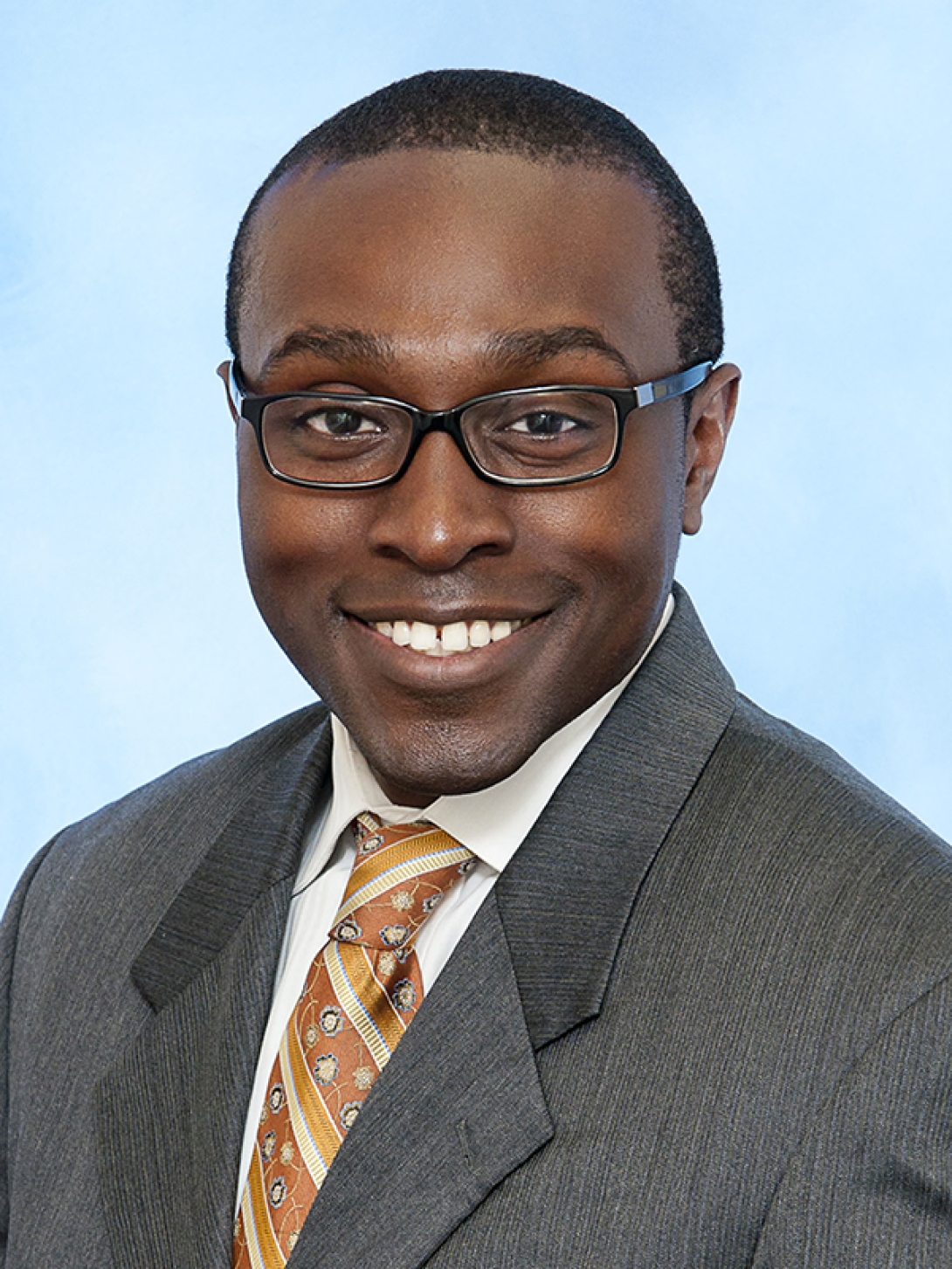
Shawn Hervey-Jumper, MD examined the role of microRNAs in brain tumors. He worked with Dr. Xing Fan in the Crosby Neurosurgical Laboratories at the University of Michigan. His work was supported by a T32 training grant from the NIH (Cancer Biology Training Program).

Emily Levin, MD examined the effects of deep brain stimulation in the rat (behavioral analysis) as well as analyzed clinical deep brain stimulation results. She worked in the laboratory of Dr. Wayne Aldridge in the Department of Psychology, University of Michigan. Her work was supported by a T32 training grant from the NIH (Neurology Training Grant).

John Ziewacz's research was performed with Atul Gawande at the Center for Surgery and Public Health, Harvard Medical School/School of Public Health, and the Brigham and Women’s Hospital Department of Surgery. It focused on surgical quality improvement, safety and outcomes research with a particular focus on the use of ‘checklists’ for surgery. His work was funded by a grant from the Agency for Healthcare Research and Quality.
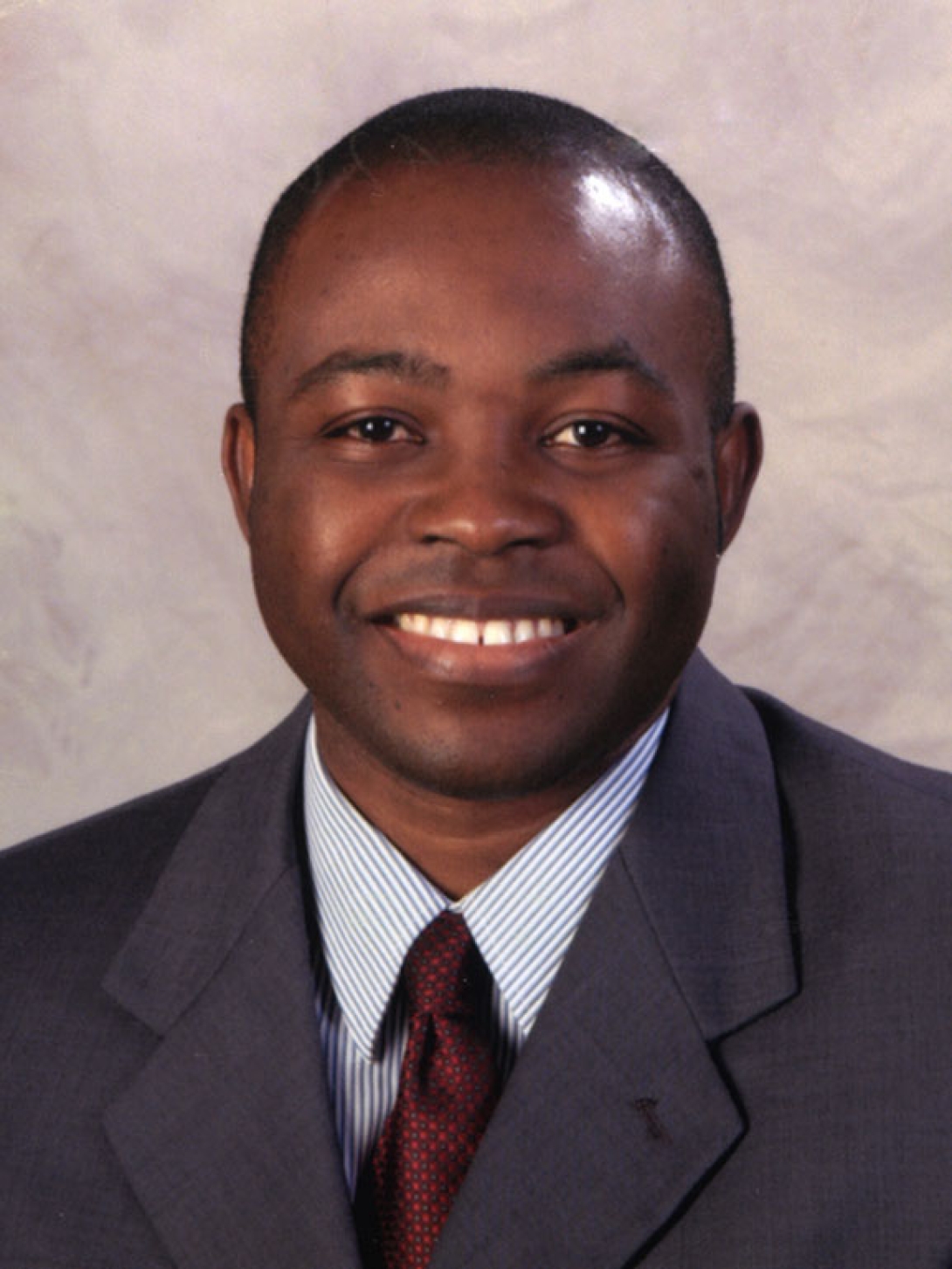
Arnold B. Etame, MD was a Neuro-Oncology Research Fellow at the Labatt Brain Tumor Research Center at the Sick Children’s Hospital in Toronto and is a Ph.D. candidate in the Department of Laboratory Medicine and Pathobiology at the University of Toronto. He worked with Dr. James Rutka. His research was focused on using nanoparticles to target brain tumor infiltration. He received the Congress of Neurological Surgeon Wilder Penfield Fellowship as well as a Fellowship from the University of Toronto.
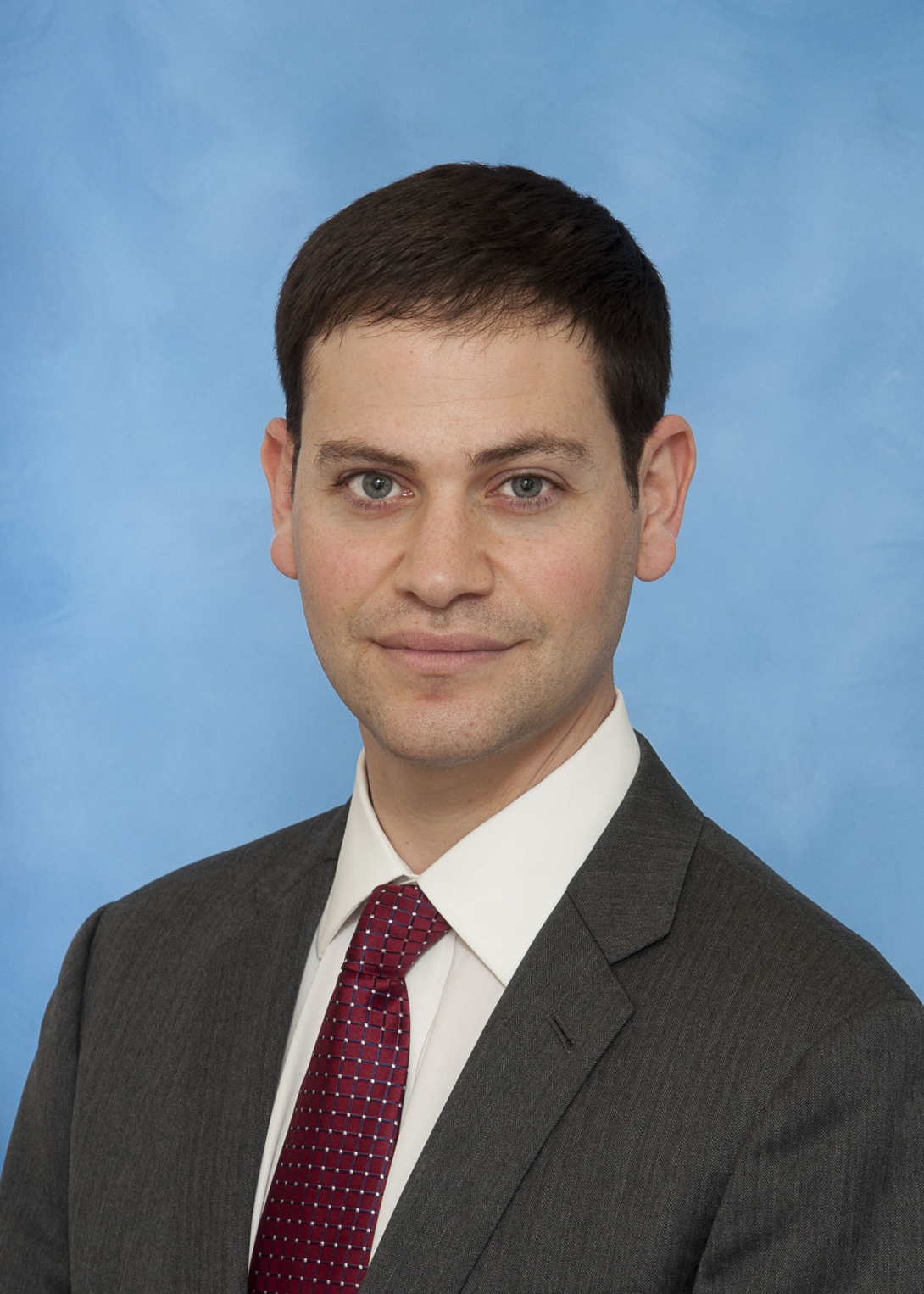
Daniel Orringer's research focused on nanodevices designed to visibly delineate tumor margins in the operating room to enhance the precision of the brain tumor surgery. The research was performed in collaboration with Dr. Kopelman in the Department of Chemistry and Dr. Oren Sagher at the University of Michigan. The work was supported by a Ruth L. Kirschstein National Research Service Award from the National Cancer Institute and the Congress of Neurological Surgeons Basic/Translational Research Fellowship.
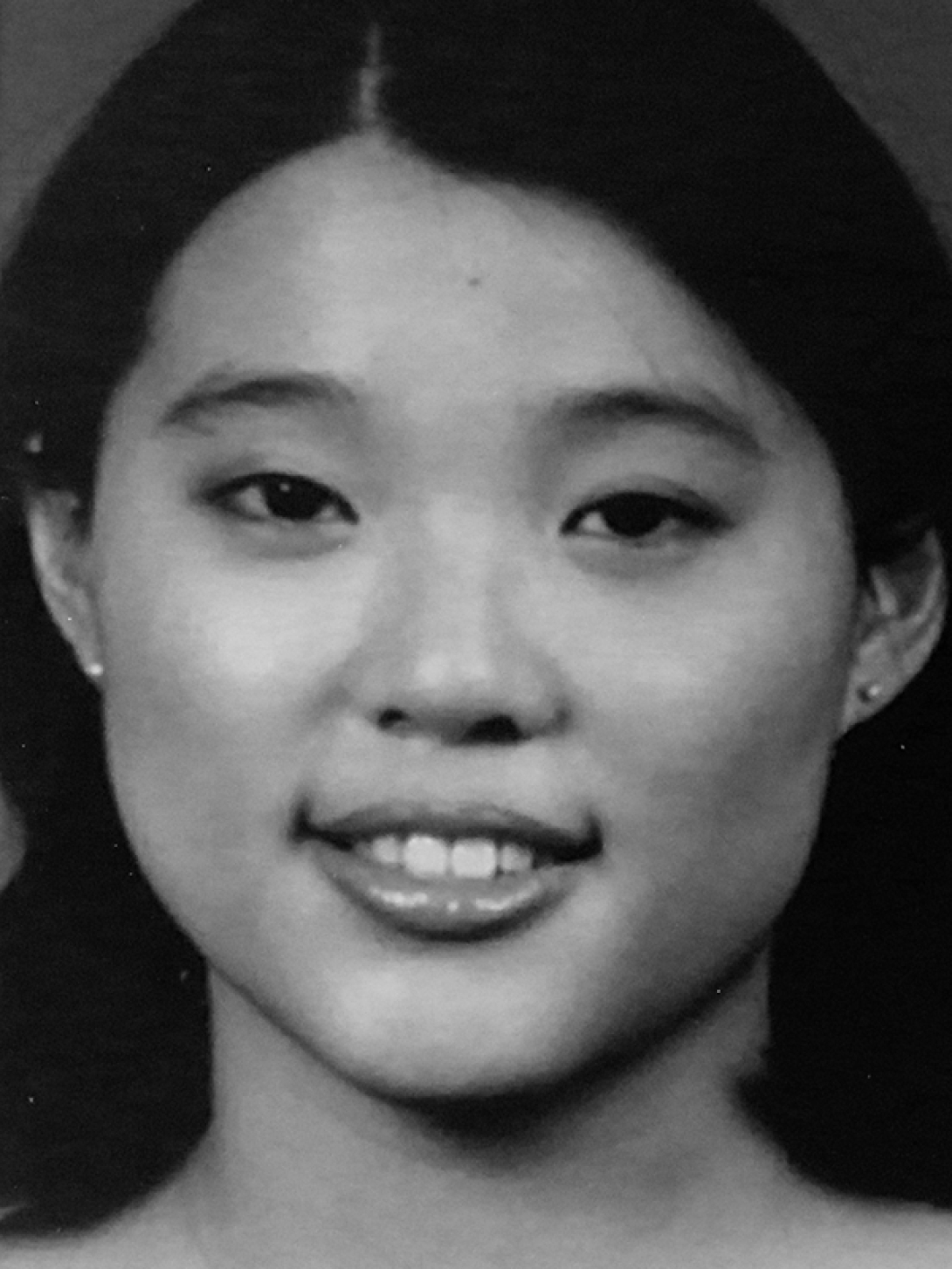
Debbie Song, MD was a clinical fellow in the NINDS/surgical neurology branch at the National Institutes of Health in Bethesda, MD. She did basic science research on developmental pathways in gliomas and medulloblastoma tumorigenesis, as well as on therapeutic targets in models of von Hippel Lindau disease. Her work was funded by the NIH Intramural Program.
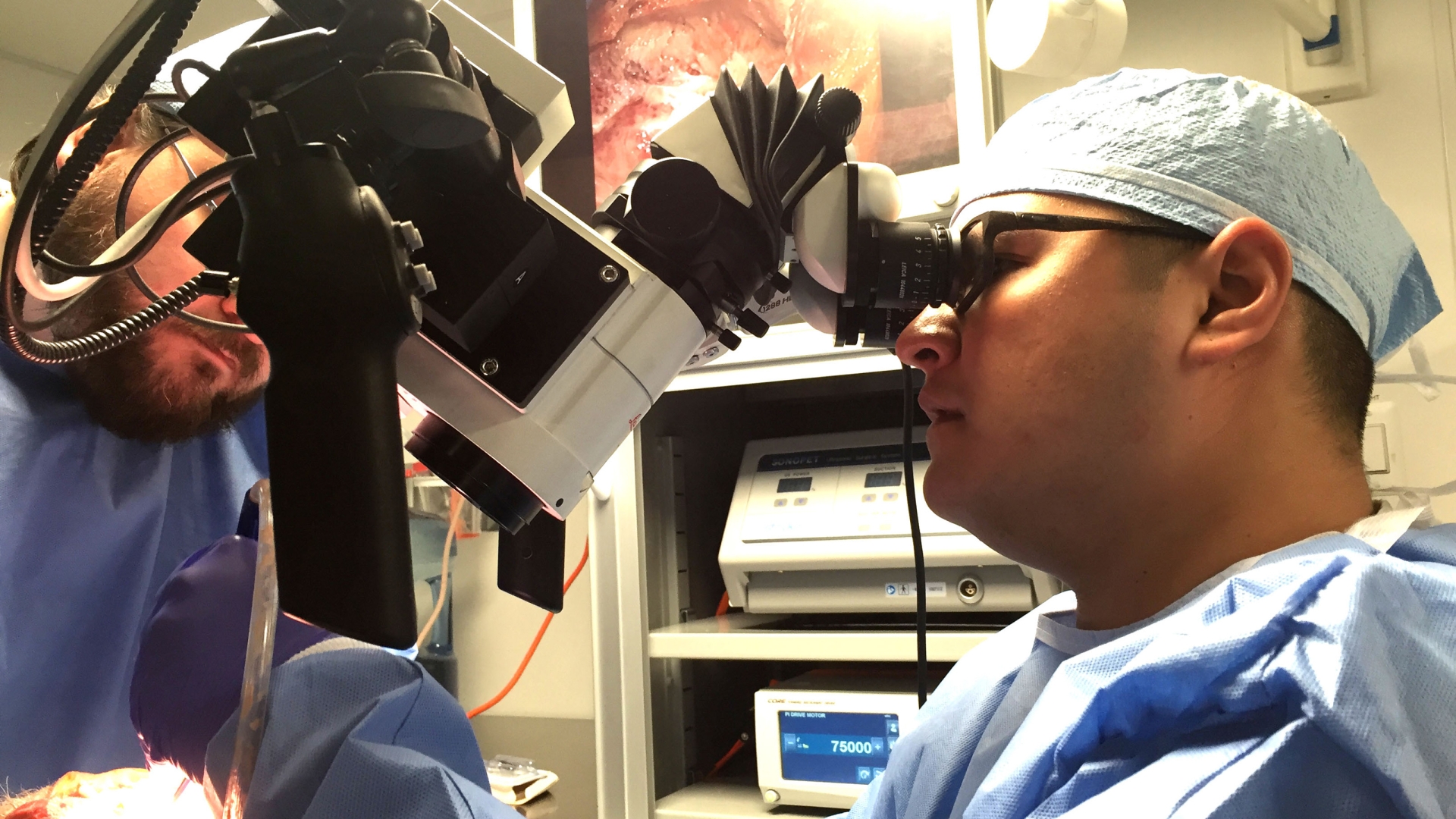
When I think about the three pillars of academic medicine––patient care, research, and education––Michigan helped me excel in all of those areas. The clinical training at Michigan is broad, and your mentors there are motivated only by doing the right thing for patients. The research experience is wonderful and entirely what you want to make of it.
